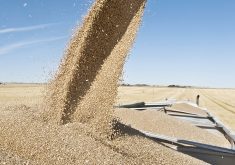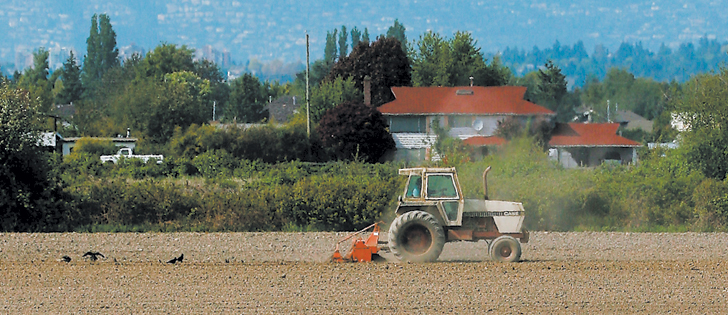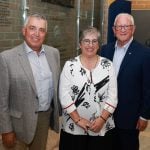When oil and gas companies create well sites and build pipelines, the effect on the agricultural landscape isn’t pretty. Topsoil is scraped off, sites are levelled and reclamation efforts are often poor.
Funding of $177,550 from the federal government, announced July 31 through B.C.’s Investment Agriculture Foundation (IAF), will be used to explore grass seed mixes and reclamation strategies for use in British Columbia’s Peace region, where about 35,500 acres of land have been taken out of production by oil and gas activity.
Bill Wilson, project co-ordinator and director for the Peace River Forage Association that is leading the initiative, said he welcomed the funding, which is being augmented by money from oil and gas companies, the forage association and forage seed producers.
Read Also

First annual Ag in Motion Junior Cattle Show kicks off with a bang
Ag in Motion 2025 had its first annual junior cattle show on July 15. The show hosted more than 20…
“What we’re doing is trying to come up with some species that do well in those conditions because they’re horrid seeding conditions, just horrible,” said Wilson in a July 31 interview.
Piles of bulldozed trees, soil berms and low nutrient levels are among the challenges for seed catch, he added. Undeveloped sites also become breeding grounds for weeds that spread into pastures and crops.
Through test plots, researchers on the project will try different grasses and attempt to derive a mix of native and agronomic species that will thrive in varied conditions.
Wilson said producers, forestry officials, oil companies and forage specialists will be involved in the process. Different timing, rates and techniques, such as broadcast or harrowing, will also be tested for effectiveness.
The need for funding became apparent when oil companies asked about appropriate seed mixes for reclamation but got little information. A mix might be recommended to them but results were often poor.
“No one knows for any reason why a certain species might be in that mix. Some of them are designed more for native forestry range, where out in the open, we want to have some of the agronomic species that are going to be back in higher production.”
Oil companies often hire contractors to do reclamation work. Those contractors in turn hire summer students who often don’t know the best way to seed or have unrealistic expectations.
Wilson said one contractor contacted B.C. forestry last year wanting advice on seeding grass in February so there would be grass cover that same spring.
In a July 31 news release, IAF chair Peter Levelton noted energy and agriculture use the same land base so co-operation is necessary.
“This research project will bring farmers, seed growers and energy companies together to address an issue of concern for both industries,” said Levelton.

















